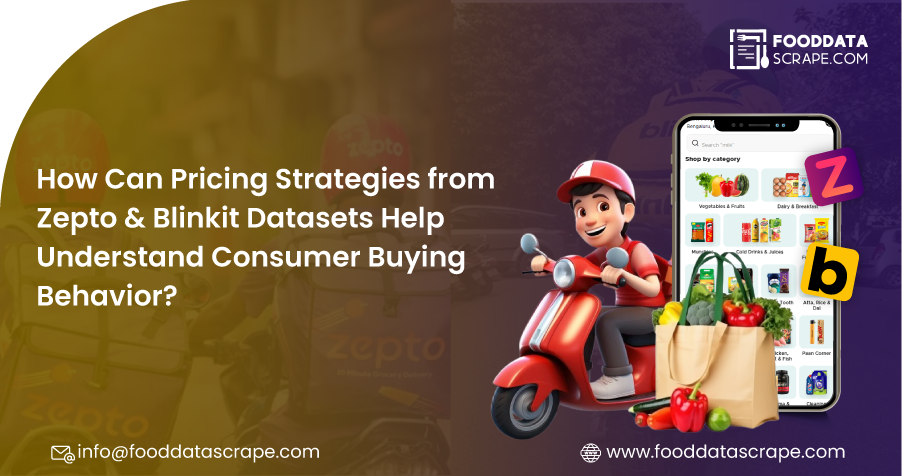Introduction
Q-commerce has revolutionized the retail industry due to rapid growth, where the main feature is the ultra-fast delivery of the product within 10 to 30 minutes. Two leading players - Zepto and Blinkit - in the Indian market for Q-commerce rely on technology, coupled with data analytics, to refine their pricing strategies to cater to consumer demands for convenience and speed. Using Zepto and Blinkit Data Scraping for Pricing Strategy, several grocery platforms leverage real-time data to optimize acquisition, retention, and competitive positioning. Extract Real- Time Pricing Data from Zepto and Blinkit to dynamically adjust prices based on demand, inventory, and competitor actions. Web Scraping Quick Commerce Data is at the core of its ability to monitor competitors' prices, track customer sentiment, and forecast future demand. This approach enables quick-commerce platforms to be agile in an expedited market while maximizing profitability and improving customer experiences. The article explores how this data-driven pricing method affects the broader quick-commerce ecosystem.
The Role of Data in Pricing Decisions
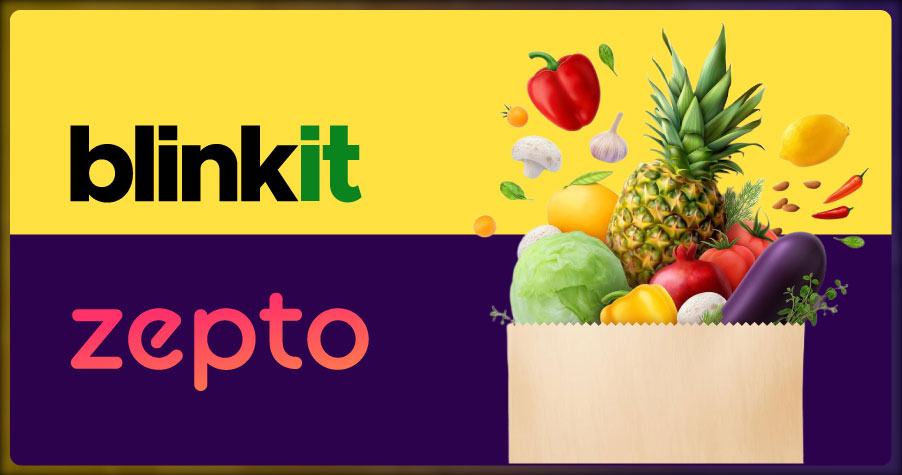
In Q-commerce, pricing is not just about setting some fixed number for a product. It encompasses dynamic thinking based on customer preferences, surges in demand, availability, competitive actions, and many other aspects. Both Zepto and Blinkit use massive data for their pricing strategy. The datasets involved are historical purchase patterns, real-time demand fluctuations, inventory levels, competitor prices, customer location data, and socio-economic factors influencing buying behavior.
Quick Commerce Pricing Data Scraping for Zepto and Blinkit enables businesses to collect large amounts of data in real-time, which would be used to make decisions using data analytics tools and artificial intelligence. For example, machine learning models can predict future demand patterns and how consumers might react to changes in price. Most Q-commerce companies use real-time algorithms, continuously altering prices to match competitive or profitable influences. In addition to the above, Scraping Quick Commerce Price Trends from Zepto and Blinkit helps companies track their competitors' prices and stay ahead of market changes. By Grocery App Data Scraping services, similar platforms gain insights into trends and customer behavior, making optimal pricing and inventory decisions accordingly.
Zepto's Approach to Pricing Strategy
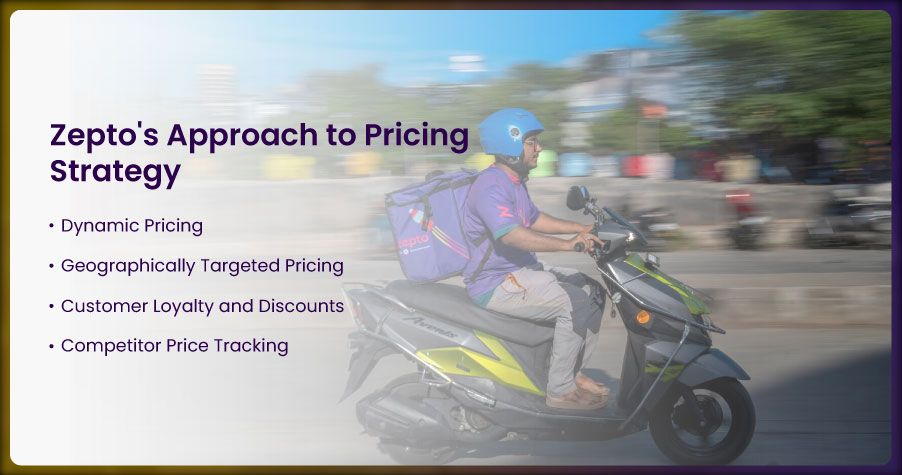
Zepto has made a name by delivering groceries in under 10 minutes, providing a level of convenience unmatched in the retail industry. The company's pricing strategy is shaped by its hyper-local approach, catering to specific neighborhoods and ensuring rapid deliveries.
- Dynamic Pricing: Zepto uses real-time data to adjust prices depending on demand fluctuations and competitor actions. For instance, during peak hours or high-demand periods (such as festivals), Zepto may increase the prices of certain high-demand products (e.g., vegetables, milk, snacks) to optimize for supply constraints. Conversely, prices might be lowered during off-peak times to encourage volume sales and ensure inventory turnover. These price fluctuations are adjusted instantly in response to market conditions, and customers are notified in real time about these price changes through the platform. Zepto Grocery Delivery Scraping API Services are crucial in gathering this real-time data for dynamic pricing adjustments.
- Geographically Targeted Pricing: Zepto uses geolocation data to set regional pricing. Different neighborhoods have distinct socio-economic profiles, and by tailoring pricing to these regional variations, Zepto ensures that customers feel they are getting value for money. In affluent areas, products may be priced higher to cater to consumers willing to pay a premium for the convenience of ultra-fast delivery. On the other hand, in more price-sensitive areas, Zepto may offer discounts and promotions to drive customer acquisition and retention. This pricing strategy is obtained from the Zepto Grocery Delivery Dataset, which helps analyze regional differences and determine optimal pricing.
- Customer Loyalty and Discounts: Zepto uses data to track purchasing patterns and reward loyal customers with personalized discounts. By leveraging user data such as previous purchase history and order frequency, Zepto is able to offer targeted promotions to different customer segments. This data-driven approach to loyalty helps maintain customer satisfaction while improving the customer lifetime value (CLV). The insights for these promotions are often derived from Web Scraping Quick Commerce Data from Zepto, which monitors customer preferences and behavior.
- Competitor Price Tracking: Zepto continuously monitors competitors like Blinkit to stay competitive. Data scraping tools enable them to track real-time competitor prices across multiple categories. Whenever Blinkit or other players lower their prices, Zepto adjusts its pricing accordingly to retain its market position. This competitive pricing strategy ensures that Zepto does not lose customers based on pricing alone. To stay on top of competitor movements, Web Scraping Pricing Trends in Quick Commerce helps companies remain agile and responsive to market changes.
Blinkit's Pricing Strategy
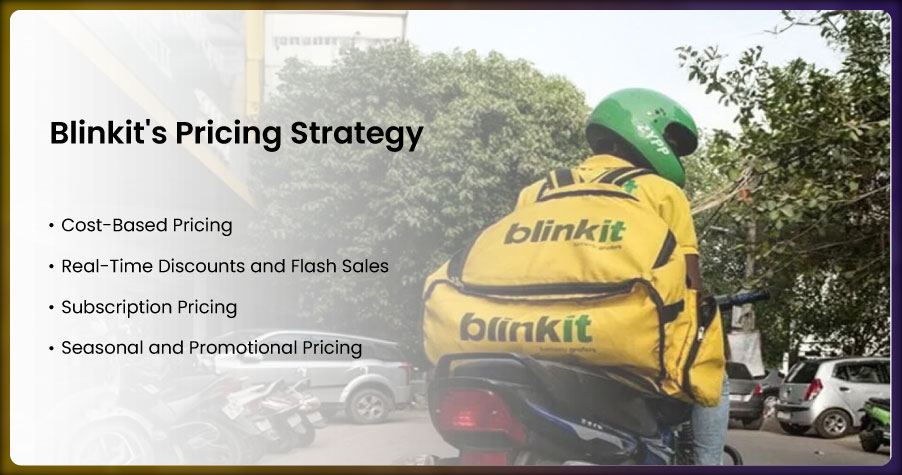
Blinkit, another major player in the Q-commerce space, focuses on delivering groceries in under 30 minutes. While Blinkit also employs data-driven pricing strategies, it operates differently from Zepto. Blinkit strongly emphasizes optimizing inventory and understanding customer needs through detailed analysis of transaction history and usage patterns.
- Cost-Based Pricing: Unlike Zepto's more aggressive dynamic pricing strategy, Blinkit follows a cost-based pricing model that ensures it remains competitive while covering the cost of operations. Since Blinkit's delivery windows are slightly longer than Zepto's, it focuses more on managing operational costs, including last-mile delivery and inventory storage. The platform sets prices based on the cost of goods sold (COGS), logistics, and expected delivery times. However, Blinkit regularly adjusts its prices to respond to fluctuations in supply chain costs or customer demand for specific products. Scrape Quick Commerce Data from Blinkit to gather real-time insights into supply chain and demand fluctuations.
- Real-Time Discounts and Flash Sales: Blinkit is known for its flash sales and time-limited discounts, often powered by machine learning algorithms. These discounts are not random but are informed by historical data about product demand, customer preferences, and purchasing frequency. Blinkit analyzes product performance data to determine which items to place on sale, which often leads to increased traffic and sales volumes during specific timeframes. By doing this, Blinkit can quickly clear excess inventory and maintain optimal stock levels while providing attractive pricing to customers. Blinkit Grocery Delivery Scraping API Services obtain the insights driving these flash sales, which capture real-time demand and pricing data.
- Subscription Pricing: Blinkit also offers subscription-based pricing models where customers can pay for premium memberships in exchange for benefits like faster delivery or exclusive discounts. Blinkit uses customer behavior data to target those who frequently shop on the platform and offer them subscription packages. By analyzing usage patterns, Blinkit can offer personalized packages to maximize customer value and improve retention. This customer behavior analysis is analyzed using the Blinkit Grocery Delivery Dataset, which tracks user interaction and purchasing habits.
- Seasonal and Promotional Pricing: Blinkit adjusts its pricing for seasonal and promotional events. During key shopping seasons like Diwali or New Year, prices for certain items are adjusted to attract customers. For example, Blinkit may offer discounts on high-demand grocery items such as sweets, snacks, and beverages during festive seasons. The company uses data-driven insights to predict demand surges and ensures the stock is available at the right price point. Grocery Delivery Scraping API Services are essential in extracting real-time data to anticipate demand and optimize promotional pricing strategies.
Unlock Valuable Insights with Quick Commerce Data Scraping– Enhance Your Strategy Now!
Impact of Data-Driven Pricing Strategies
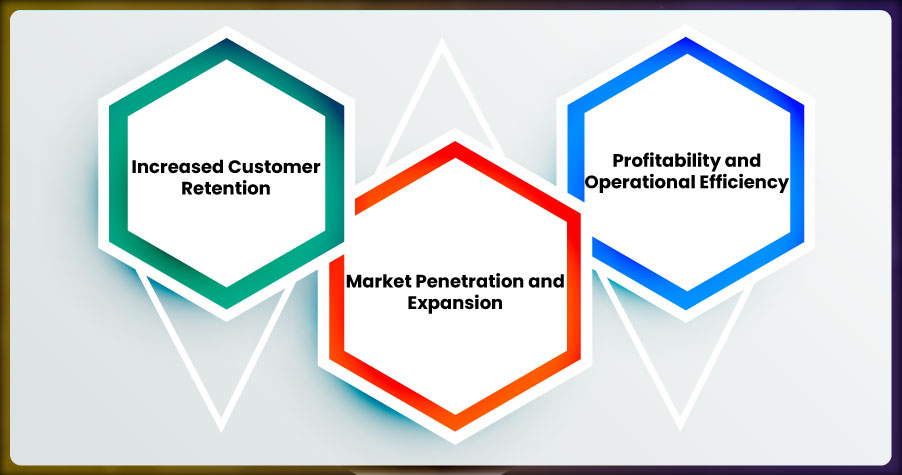
Both Zepto and Blinkit employ pricing strategies heavily influenced by the data they collect from their customers and the market environment. As these companies continue to collect vast amounts of transactional, behavioral, and demographic data, they can create highly personalized and optimized pricing models.
1. Increased Customer Retention: Personalized pricing, discounts, and loyalty rewards foster a deeper connection with consumers. Customers who perceive getting a deal tailored to their needs will likely remain loyal to the platform. By adjusting pricing in real-time based on demand or consumer behavior, several companies can enhance customer satisfaction, leading to repeat business and long-term customer relationships.
2. Market Penetration and Expansion: Data-driven pricing helps Zepto and Blinkit tap into new markets. By analyzing local demand patterns and adjusting prices accordingly, several grocery platforms can enter new geographic regions and tailor their services to fit the local market's needs. Understanding local purchasing behavior is crucial for scaling in diverse markets.
3. Profitability and Operational Efficiency: Dynamic pricing allows companies to increase profitability. By charging higher prices during peak demand periods and offering discounts during slower periods, several platforms can balance demand and supply efficiently, leading to optimal profit margins. Additionally, data allows them to streamline their supply chains and reduce operational costs, ensuring they can offer competitive prices without sacrificing profitability.
Conclusion
Data-driven approaches heavily influence pricing strategies in the Quick Commerce space. Zepto and Blinkit, as leaders in this sector, demonstrate how real-time data can be leveraged to create dynamic, targeted, and personalized pricing models. Both platforms continually refine their pricing strategies using customer insights, competitor analysis, and demand forecasting. Grocery Price Tracking Dashboard helps track these adjustments in real-time, ensuring that the platforms remain competitive and responsive to market conditions. By incorporating Grocery Pricing Data Intelligence, companies can make data-backed decisions that allow them to stay agile, providing competitive prices while maintaining profitability.
By adopting such data-driven pricing techniques using the Grocery Price Dashboard, companies not only cater to the immediate needs of their customers but also ensure long-term growth and market competitiveness.
Are you in need of high-class scraping services? Food Data Scrape should be your first point of call. We are undoubtedly the best in Food Data Aggregator and Mobile Grocery App Scraping service and we render impeccable data insights and analytics for strategic decision-making. With a legacy of excellence as our backbone, we help companies become data-driven, fueling their development. Please take advantage of our tailored solutions that will add value to your business. Contact us today to unlock the value of your data.

















































































